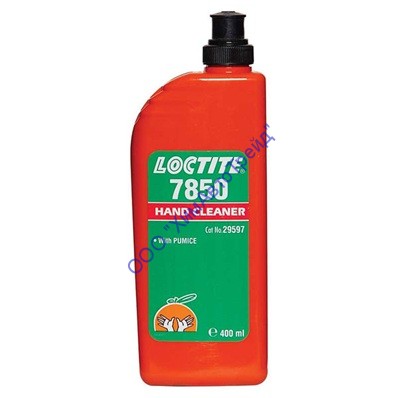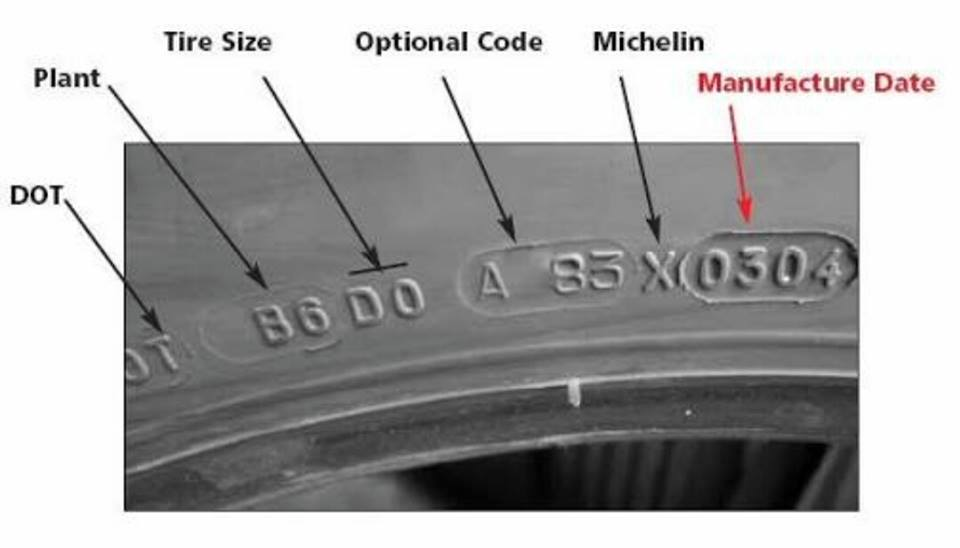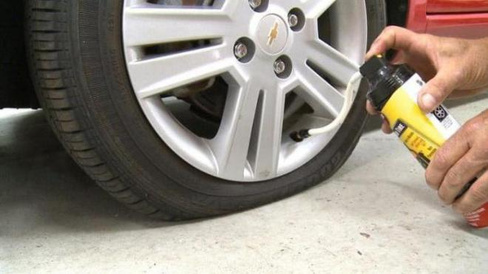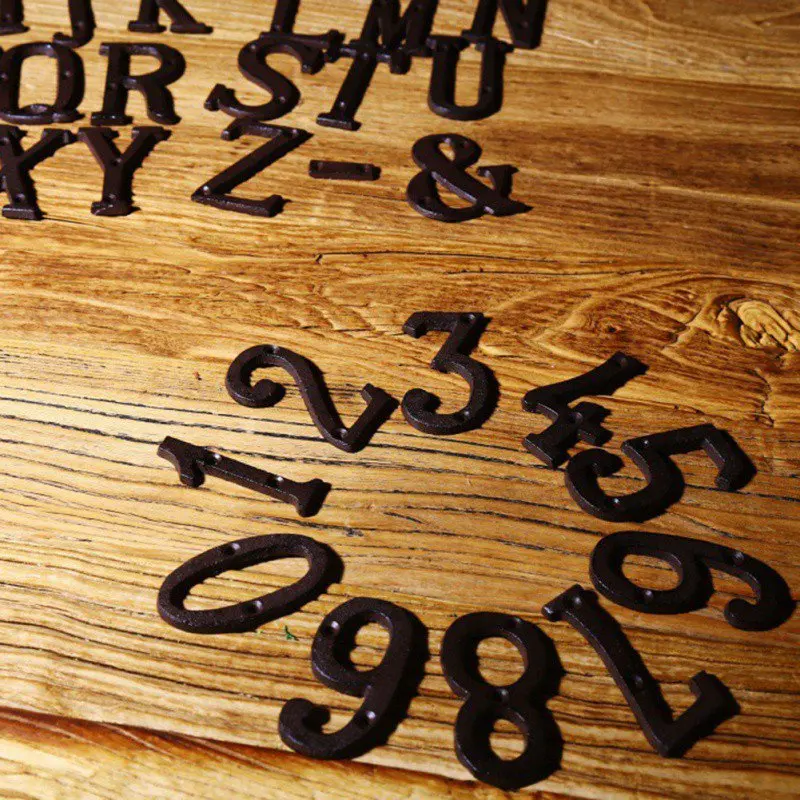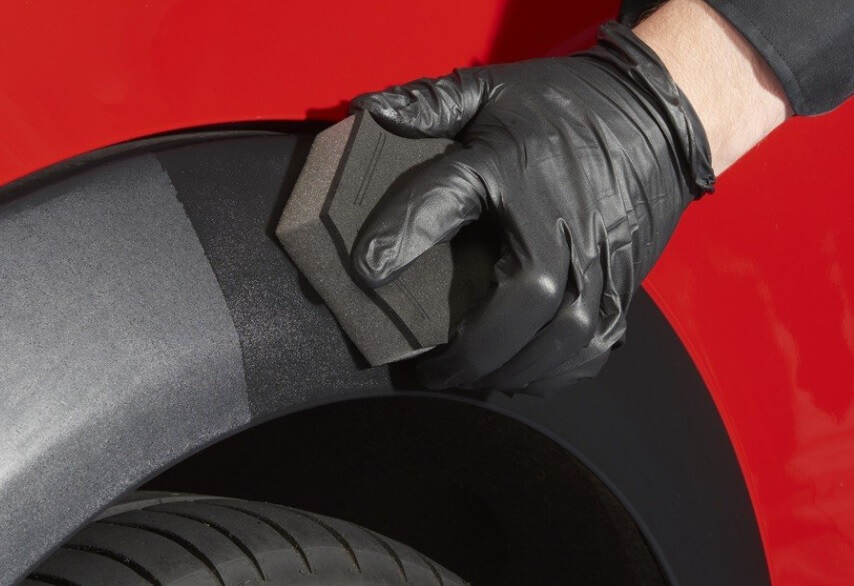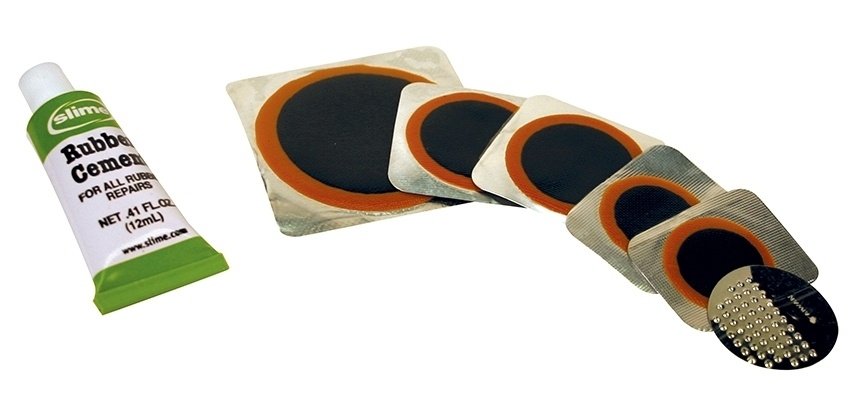So, you have a flat tire or one that’s leaking air. It’s not the end of the world. Luckily there are safe and cost-effective ways to properly repair most tire punctures. The purpose of this article is to show you the difference between a safe, permanent repair and a temporary string, plug or patch repair.
According to the National Highway Traffic Safety Administration (NHSTA) and the Tire Industry Association (TIA), the only method to properly repair a tire puncture is to fill the injury with a repair stem and back the stem with a repair patch. This is commonly known as a combination repair or a patch/plug repair.
Patch/plug repairs are most often performed using a one-piece repair unit that combines the repair stem and cap (or patch) into one unit. However, special circumstances may require the use of a two-piece combination repair (ex. If the angle of the puncture exceeds 35 degrees). The repair is then permanently bonded to the inside of tire and through the injury channel using a cold, chemical vulcanizing process.
The repair essentially becomes part of the tire, creating an air-tight seal that keeps air in and moisture and contaminants out (more on this procedure below).
Emergency roadside plug repairs are NOT intended to be a permanent tire repair. Plugs and string repairs are designed to get you back up and rolling long enough to get home or to the nearest service center to perform a proper tire repair.
The common misconception with plug and string repairs is that because they hold air, they are safe to use. While it is true that many plug repairs do a great job of keeping air in the tire, that’s only part of the equation. Because they’re not completely sealing the injury, plug repairs may allow air and moisture to penetrate the body of the tire. Over time, this could lead to a dangerous (or even deadly) blowout.
A Patch-Only Tire Repair Leaves Your Tire Susceptible to DamageA tire repair that uses only a patch is also NOT considered proper or safe. A properly installed patch will do a great job of allowing the tire to hold air. However, similarly to the plug-only repair, the patch does not fill the injury channel. Therefore, air and moisture could seep into the tire from the tread surface and eventually damage the tire.
A properly installed patch will do a great job of allowing the tire to hold air. However, similarly to the plug-only repair, the patch does not fill the injury channel. Therefore, air and moisture could seep into the tire from the tread surface and eventually damage the tire.
Only a proper patch/plug repair completely seals the puncture from inside the tire and through the entire injury channel. There are a few extra steps necessary to perform a proper tire repair in accordance with industry guidelines. We’ve developed a simple acronym to help organize and remember the steps: R.E.P.A.I.R.
 It can also be determined if the puncture did any significant damage to the cords or belts.
It can also be determined if the puncture did any significant damage to the cords or belts.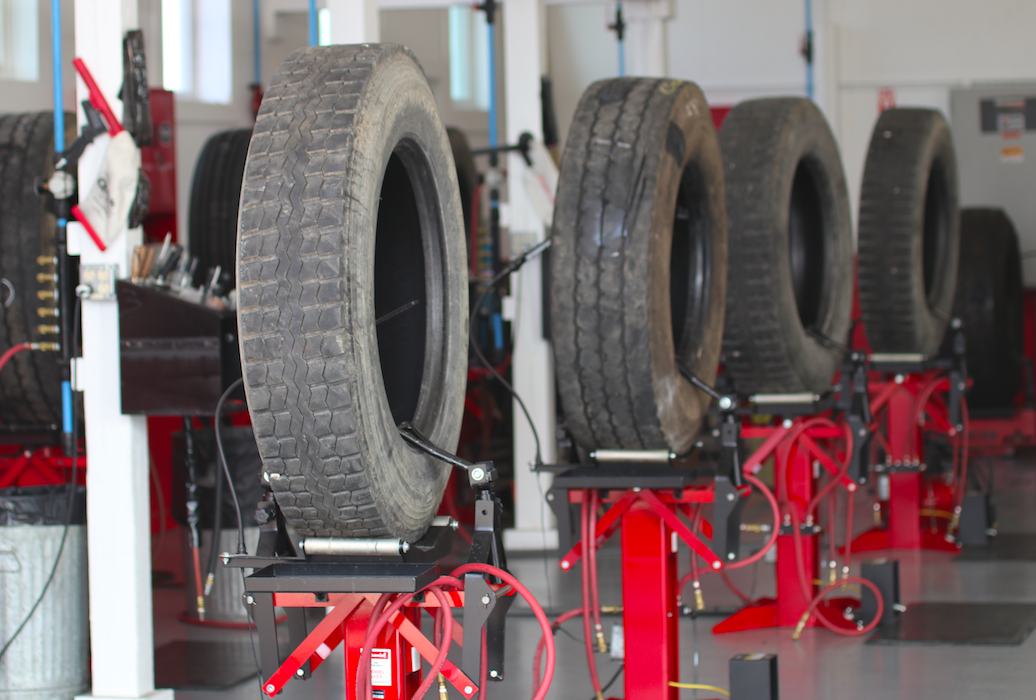 The over-buffed area of the inner liner is treated with a thin layer of rubber sealant, and the excess repair is trimmed to approximately ¼” above the tread surface.
The over-buffed area of the inner liner is treated with a thin layer of rubber sealant, and the excess repair is trimmed to approximately ¼” above the tread surface.There are a number of factors that may determine whether or not your tire is safe to repair. These factors fall into three main categories:
 Excessive wear, casing separation, impact damage and other conditions may make it unsafe to properly repair your tire. For a more comprehensive list of repairable vs. non-repairable conditions visit our blog Can Your Tire Be Repaired?
Excessive wear, casing separation, impact damage and other conditions may make it unsafe to properly repair your tire. For a more comprehensive list of repairable vs. non-repairable conditions visit our blog Can Your Tire Be Repaired?The occasional flat or leaky tire is an unavoidable part of life. But, taking shortcuts to repair it can be dangerous to you and your passengers. Take the time and do the research to do the job right and/or find a reputable tire repair shop trained in proper tire repair procedure.
Punctures are a real pain, and can be potentially dangerous, particularly when they happen at speed. This guide will help you to identify a puncture and provide advice about the next steps that should be taken to get back on the road and how to decide whether the puncture should be repaired or the tyre replaced.
Depending on the nature of the puncture and the location of you and your vehicle, it may be possible to continue with your journey by either replacing your tyre with your spare, or administering a temporary puncture repair kit.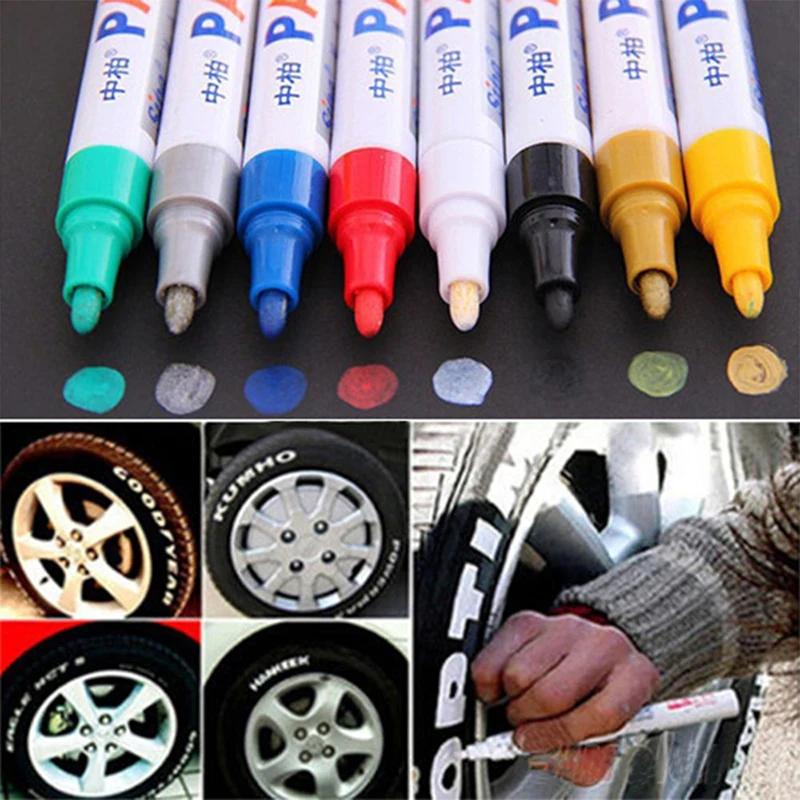 Please read your owner’s handbook to find out how to use either of these and remember this is only a temporary and not permanent puncture repair.
Please read your owner’s handbook to find out how to use either of these and remember this is only a temporary and not permanent puncture repair.
If you experience a puncture while driving, the advice from Highways England is not to change a tyre by the side of the road, especially in the age of Smart motorways. Instead, find a refuge, get out of the vehicle to a safe place behind the barriers and call a breakdown recovery company. They will typically use the equipment in the car or tow you.
Sometimes, tyre punctures are not always immediately obvious and occur over a period of time. These are known as slow punctures. Slow punctures are caused by tiny holes in your vehicle’s tyres, which release air very slowly. Unlike larger punctures, slow punctures can often occur without the driver’s knowledge, and can take days or weeks to become obvious, either gradually via your TPMS or by visibly deflating the tyre on your driveway.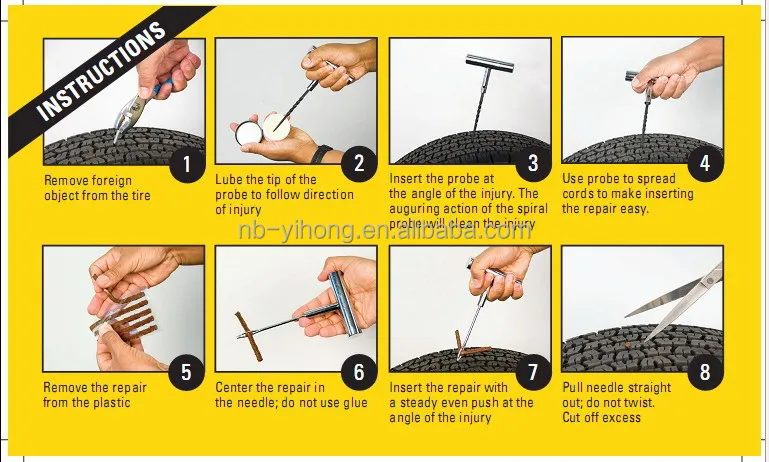
Most of the time, slow punctures are the result of driving over a sharp object, commonly nails, screws or other debris in the road. Slow punctures can also be caused by driving over potholes or hitting kerbs, damaging the sidewall of the tyre or the wheel rim.
Sometimes your tyre valve is the culprit for your slow puncture. If the valve cap isn’t doesn’t create a sufficiently tight seal or the dust cap is missing, air can escape.
Your vehicle may drift or pull to one side. (note – this could also be because of poor wheel alignment)
Steering wheel vibration – this is more likely to happen at higher speeds, such as when driving on a motorway. You may experience a shuddering or hear a noise, indicating reduced pressure in one of your tyres.
Continual loss of tyre pressure – if you are having to frequently top up one of your tyres with air, this is a strong indication of a slow puncture.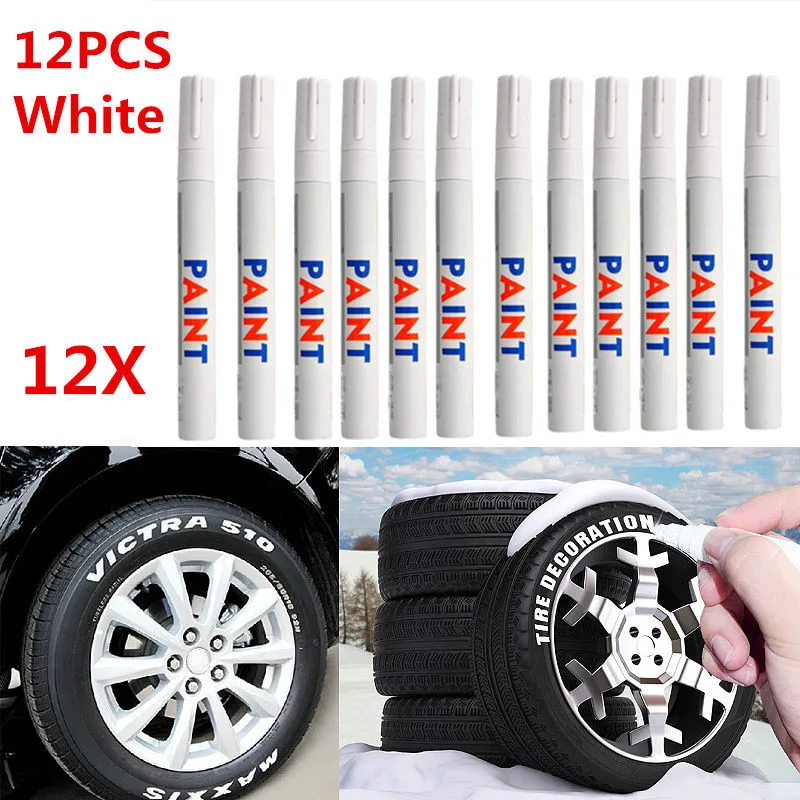
Changes in vehicle handling. Anything from your suspension feeling different to changes in steering and cornering could indicate a slow puncture and should be checked by a professional.
It can be difficult to tell just be looking if you car’s run-flat tyres are in a deflated condition. This is because run-flat tyres have a reinforced sidewall.
Run-flats are designed only to be used for 50 miles at a maximum speed of 50 mph. They contain emergency technology to get you to your destination safely.
When driving on a punctured or deflated run-flat, the tyre structure is subjected to high stresses and therefore may become weakened and permanently damaged rendering the tyre both unsuitable and unsafe to repair.
A fully qualified tyre repairer may struggle to detect under inflation in a run flat, which is why the British Rubber Manufacturer’s Association (who represents the major tyre manufacturing companies) does not recommend repairing a run-flat tyre.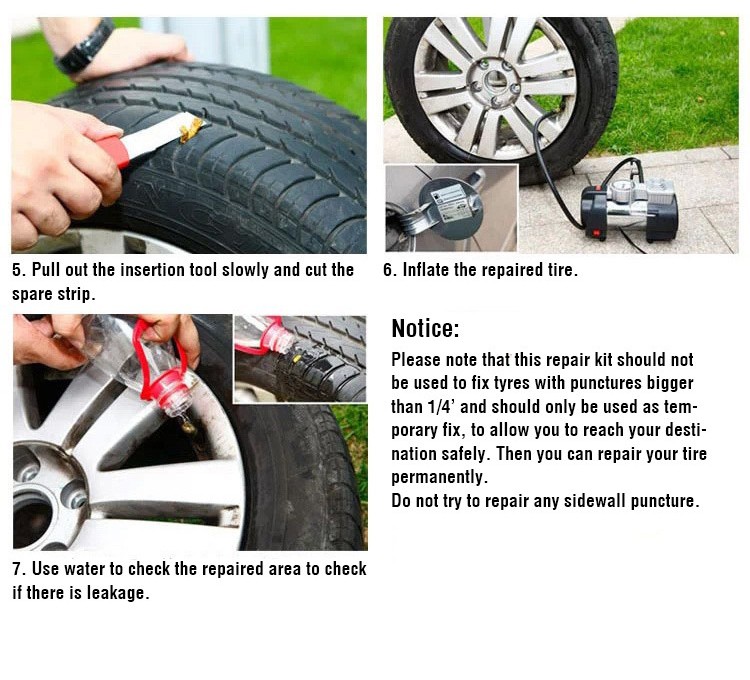
Punctures should always be examined by a tyre professional immediately. Even in the case of slow punctures, which may seem like a small issue, ignoring the puncture can lead to major problems including leaks and tears causing catastrophic tyre failure, loss of vehicle control and tyre related incidents.
In some cases, punctures can be repaired, however it largely depends on the cause of the puncture, and where on the tyre the puncture has occurred.
If there is a nail or screw in the tyre, a tyre professional MAY be able to remove the debris and repair the hole. However, this should always be assessed and carried out by a tyre professional.
If the puncture has caused damage to the tyre sidewall a repair may not be possible, and the tyre and other components will need to be replaced. Your repair centre will advise you on the best way to get your wheel and tyre back to full working order.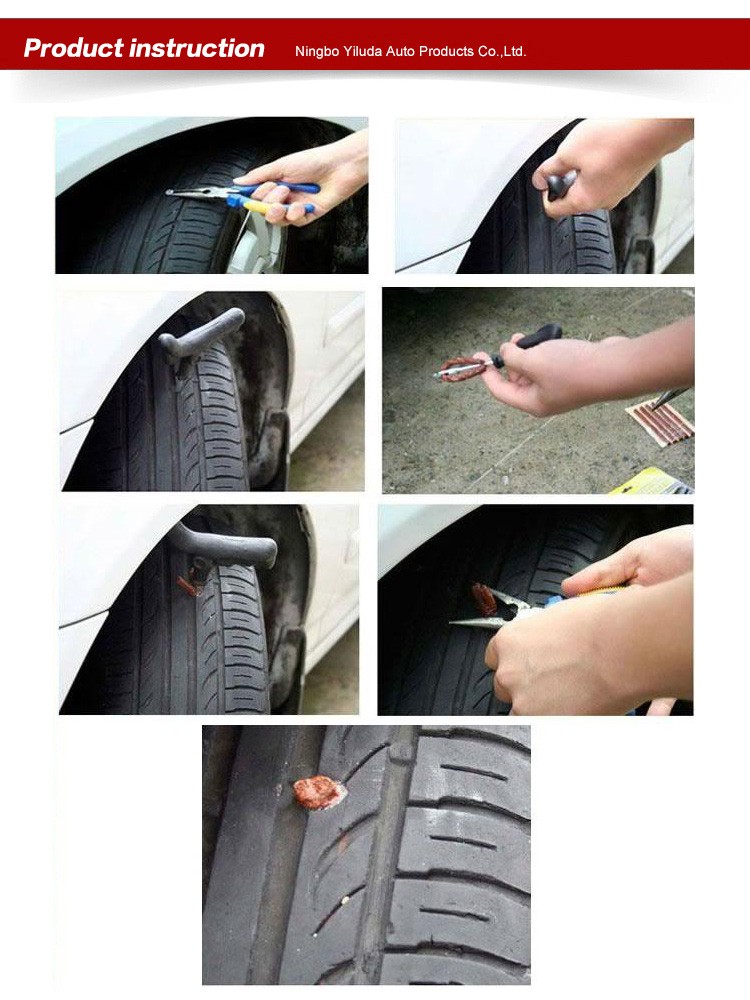
If you experience a puncture, you may be able to get moving again using an emergency puncture repair kit.
Do not try and fix a tyre on the side of a road, make sure you turn off and pull over away from traffic, and tell any passengers to get out of the car and wait away from the road.
You can find out more about using emergency puncture repair kits here:
No. Home DIY repair kits are designed to be temporary measures only, until you can seek professional assistance. The substances in home kits do not last, and the tyre will need professional attention anyway, and in the meantime presents a risk to you and other road users.
We recommended that you always call in a professional. They can detect issues including damage to the sidewall and remaining foreign objects.
Repairs to car tyres must only be carried out by a tyre specialist and in accordance with the current British Standard AU159.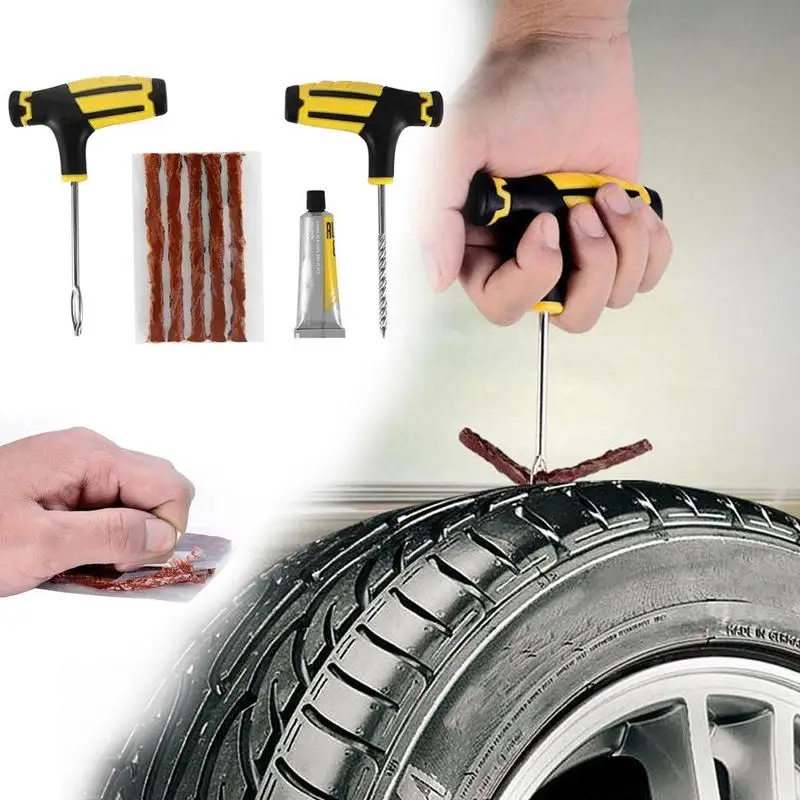 Permanent repairs can only be carried out following removal of the tyre from the wheel to allow a thorough inspection internally as well as externally to ensure there is no hidden damage which could result in a catastrophic failure.
Permanent repairs can only be carried out following removal of the tyre from the wheel to allow a thorough inspection internally as well as externally to ensure there is no hidden damage which could result in a catastrophic failure.
This helpful tire repair guide describes the basic repair methods for a punctured tyre, tires that cannot be repaired, and problems that can lead to a puncture. There are several repair options available when you hit a nail or other debris that punctures your tire.
A specialist workshop must have everything for tire repair in its arsenal. The quality of the tire repair performed will depend on the quality of the consumables available. For high-quality tire repair, you will need high-quality REMA TIP TOP materials. Everything for repairing REMA TIP TOP tires can be bought on the website https://fenix-market.com/ru/ of the Phoenix-Market company. Over the years of successful activity, Phoenix-Market has established itself in the car service market as a reliable supplier of equipment for service stations and tire fitting, as well as tire repair materials. nine0003 Thermopress Electric Vulcanizer at fenix-market.com
nine0003 Thermopress Electric Vulcanizer at fenix-market.com
repair, and problems that can lead to a tire puncture.
Tire Repair Options
There are several tire repair options when you hit a nail or other debris that punctures your tire. While all of these repairs cover a puncture, they are not equal in quality, safety, or durability. nine0003
Tire Sealants are for emergency use only and should never be considered a permanent repair.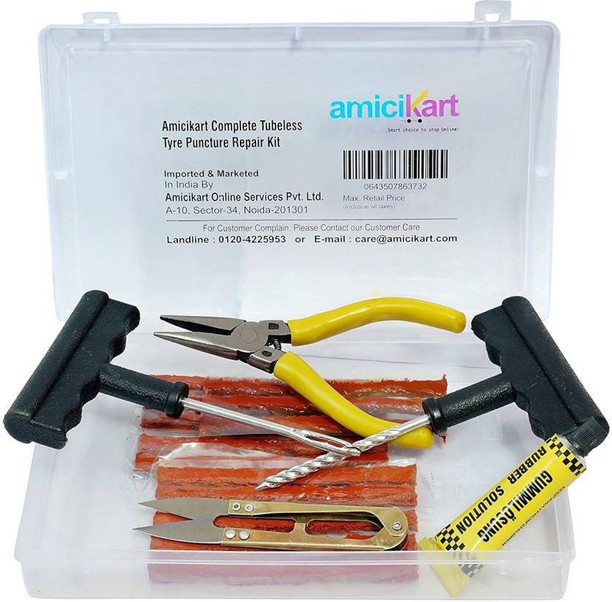 After sealing the tire, immediately go to a repair shop to have the tire inspected and properly repaired or replaced.
After sealing the tire, immediately go to a repair shop to have the tire inspected and properly repaired or replaced.
When you get to the tire shop, be sure to tell the technician that there is sealant in the tire. Without this warning, the technician could end up with a huge amount of sealant on the floor.
As soon as you drive the car, the heat vulcanizes the rubber and seals the hole. A busbar has several advantages. Firstly, this is a quick repair that does not require dismantling the tires from the wheels. It's also generally cheaper and you can do it yourself in a pinch.
It's also generally cheaper and you can do it yourself in a pinch.
However, a tire plug is not a permanent repair. Plugs are for temporary use only because they tend to leak and can slowly come out of the hole at high speeds. Also, plugs can allow water to seep in and cause rust on the wheels and steel bands that hold the tire in place. nine0003
A tire patch is better than a plug because there is no risk of it flying out at high speed.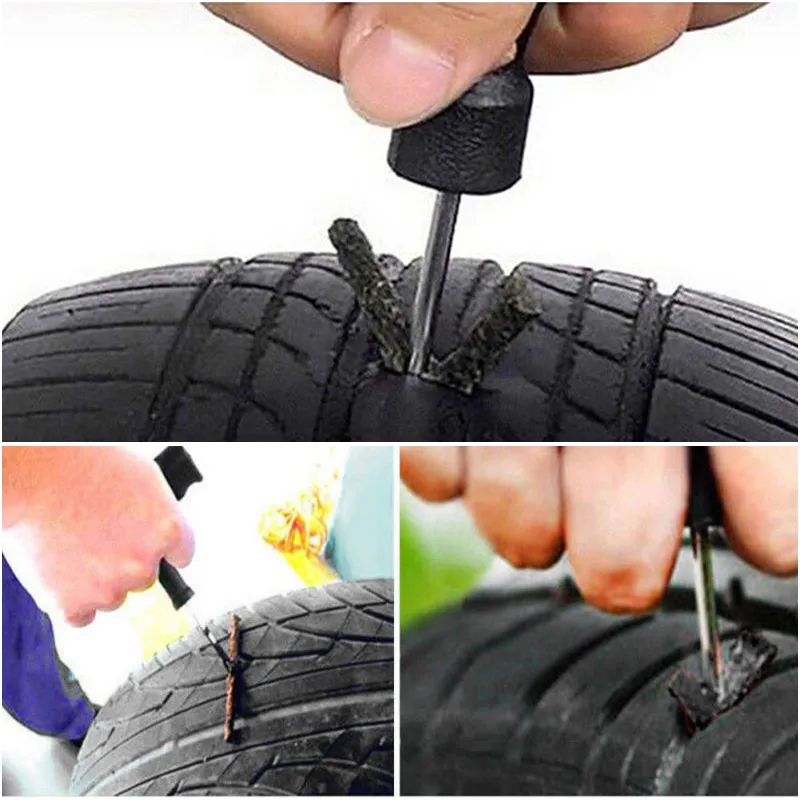 In addition, it creates a more secure seal as it closes the hole and its surroundings. However, patches tend to be more expensive because they take more time and require the technician to balance the tire. The standard patch also does not fill the puncture, which can lead to leakage in the future.
In addition, it creates a more secure seal as it closes the hole and its surroundings. However, patches tend to be more expensive because they take more time and require the technician to balance the tire. The standard patch also does not fill the puncture, which can lead to leakage in the future.
Not every tire puncture can be repaired - patches and plugs have their own design limitations. Here are a few cases where a tire is simply beyond repair. nine0003
Large punctures
Regardless of which type of tire fitting you choose - plug or patch - the maximum diameter of a puncture that you can safely repair is 6 mm. Anything larger can cause a leak, which could lead to bigger problems down the road.
Shoulder punctures
All tires have two main tread sections. The tire contact patch is the most central part of the tread between the outer tread channels - circumferential grooves in the tires. The shoulder of a tire is the area between the outermost channels and each sidewall. nine0003
The shoulder of a tire is the area between the outermost channels and each sidewall. nine0003
The shoulders of the bar not only carry a large load, but also have a slight bend, which makes them unsuitable for patches or plugs. If you have a puncture in your shoulder, the tire is beyond repair, so a new tire is your only option.
Sidewall punctures
The sidewall of a tire—the vertical surface on each side of the tire—is not stiff enough to support a plug or patch. This section flexes and flexes to improve comfort and handling, but this flexing will cause any patch or plug to come loose. For this reason, sidewall punctures cannot be repaired. nine0003
Tires with insufficient tread depth
Although you can repair a tire with almost any tread depth, liability is an issue that most auto repair shops take seriously. If they repair a tire with a tread depth of less than 1.6mm and your tire blows out the next day due to low tread, the repair shop could be held liable.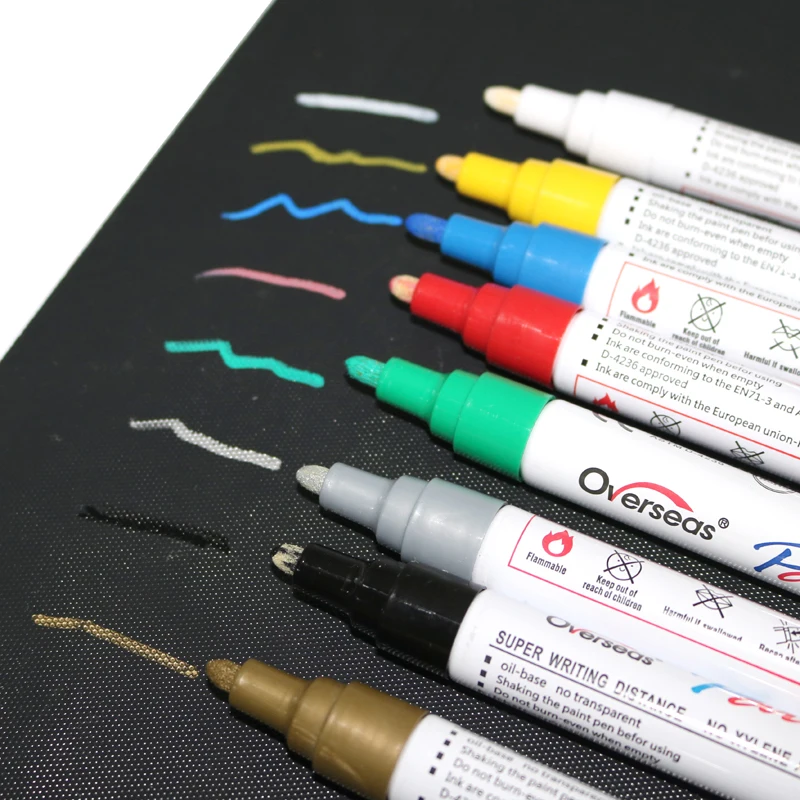 Thus, many car services in such cases recommend a new tire. nine0003
Thus, many car services in such cases recommend a new tire. nine0003
Special Purpose Tires
While a tire patch works great on most tyres, even winter and high speed tyres, special purpose tires cannot be repaired. These include special racing tires or drag slicks.
VR MOTORS
Russia, St. Petersburg, Professor Popov street, 38Sch nine0002 District Chkalovskoye District, Petrogradsky District Metro: Chkalovskaya 19 min. on foot Petrogradskaya 1.2 kmRating:
188 ratings
There are several tire puncture repair methods. The most popular of them are harness (makes it possible not to remove the wheel with TS, but considered temporary) radial patch (good for repairing through punctures of the treadmill) and patch "fungus" ("leg" seals the hole securely and the "hat" enhances protection, close fitting on the inside of the tire). nine0003
nine0003


